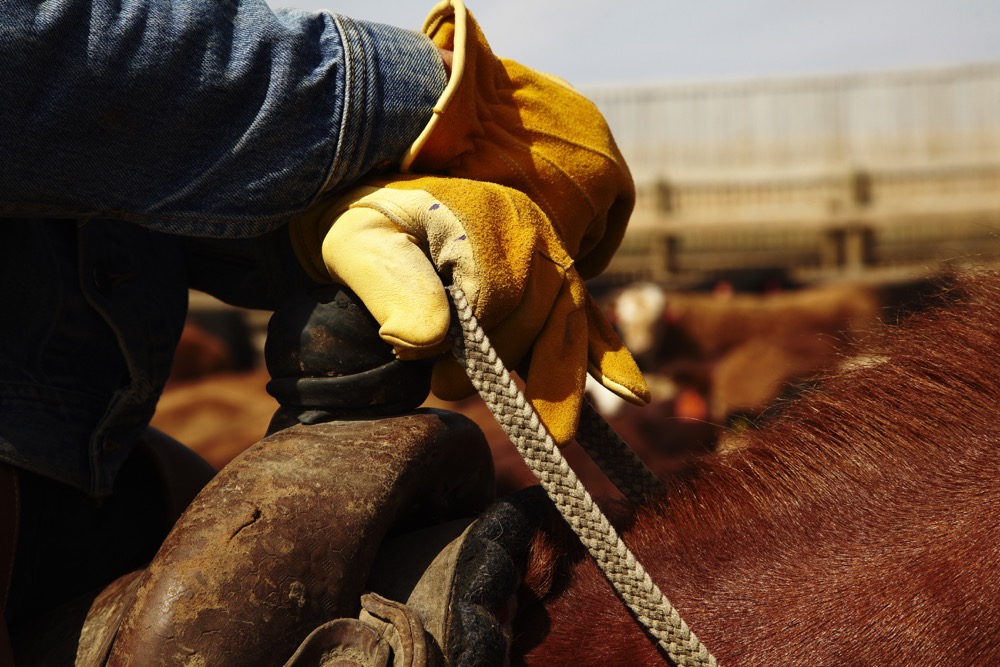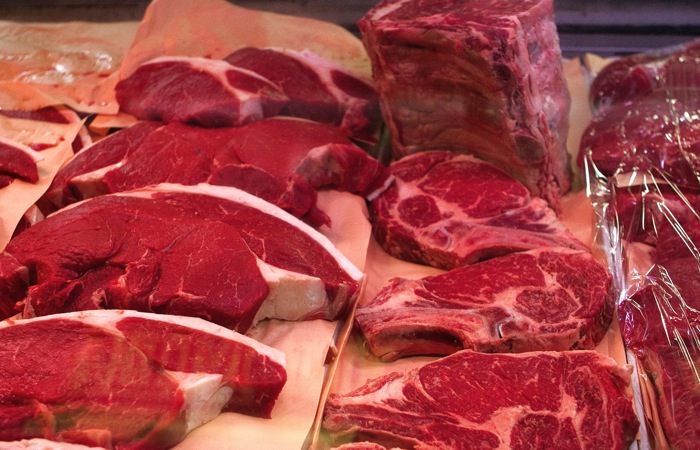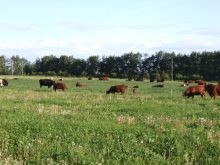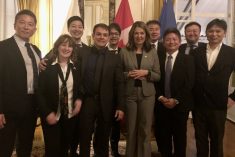A family with lots of experience turning cows into beef has a brand new plant up and running at Kuna, Idaho, near Boise offering a new marketing option for cull cows to ranchers in the northwest U.S. and Western Canada.
CS Beef Packers is a partnership between the Caviness family of Caviness Beef Packers in Amarillo and Hereford, Texas and the J.R. Simplot agribusiness firm in Boise, Idaho. Simplot has cow-calf and feedyard operations in the northwest, as well as farming, food processing, mining and fertilizer operations.
Read Also

Body condition, nutrition and vaccination for brood cows
One of the remarkable events of the past century related to ranching has been the genetic evolution of brood cows….
There were shuttered packing plants available in various locations in the region but the partnership decided that building a brand new plant was a better approach.
“The industry has evolved over the past 20 years and most of the evolution has occurred as a result of food safety initiatives,” says Trevor Caviness, president of Caviness Beef. “We designed this plant to encompass the latest efficient product flow and it all revolves around food safety, animal welfare and the highest environmental standards.”
The design closely mirrors the Caviness plant in Texas with several enhancements.
Key interventions include washing cattle prior to harvest. They have two 180-degree carcass washes on the harvest floor and multiple antimicrobial rinses during the chill and fabrication process. CS has designed all of the latest best practices into its processes with this plant.

“Food safety is paramount,” Caviness says. “You need clean product in to get clean product out.” Caviness is a long-term supplier to the U.S. federal school lunch program from its Texas operations, so the staff is well versed in the strict requirements for producing ground beef in today’s environment.
Eventually, the Idaho plant will help supply the demand for ground beef in the northwest and West Coast but for now, CS will do harvesting and fabrication at the Idaho plant and produce the ground product in Texas. They also process hides and do rendering in Kuna. An addition to the plant to handle grinding operations in Idaho will be a phase-2 construction, hopefully in the not-too-distant future, Caviness said.
The plant began harvesting in late May with smaller numbers in order to give workers and management a chance to polish procedures without the pressure of big volumes. Things have gone fairly smoothly with limited issues, Caviness said. The main hurdle has been employing and training employees in their processes. They have 500 workers on the job now, with a projected 750 at full capacity.
“We have a good management team in place that spent significant time at our Texas plant learning our procedures,” he said. “We are happy with the progress.”
Caviness said the local labour market was living up to their expectations.
CS is not going to push too far, too fast, so they were not projecting when they expect to be up to full capacity around 1,700 head per day.
“Time will tell — we are working on being efficient at Beef Packing 101 and will gradually increase numbers each month.”
Caviness wants to be ready to procure Canadian cows as soon as possible, and is targeting early fall. It currently has salaried buyers, commission buyers or grade/yield buyers at most every sale within its buying radius. CS does purchase cows direct, so cattlemen can contact the director of cattle procurement, Rex Hoagland, for scheduling and pricing at 208-810-7505.
“Our main buying circle for this plant will be a 600-mile radius around Boise. This ebbs and flows a bit depending on the season and weather conditions,” says Caviness.
According to some rough work with Google maps, CS will be drawing from the western half of Wyoming, most of Utah, northern Nevada, and all of Oregon and Washington and in Canada, southern British Columbia, up to Kelowna, Abbotsford and Cranbrook. But further reaches into Canada may be possible, depending on numbers and conditions. They are more likely to be short in numbers in the spring.
We asked if Caviness had noticed any difference so far in harvesting cows from the southwest versus the northwest. In general, he said the farther north they go, the bigger the cattle. They are definitely seeing heavier carcass weights at this plant.
We asked if CS was looking for a particular type of cow regarding fleshiness or frame. They buy lean cutters to breaking utility cows. In addition to ground beef, CS utilizes many of the primals, sub-primals, end cuts and thin meats to add significant value to the cow carcass.
“We tend to stay away from the bottom end cows. Producers need to remember that cows should be marketed in a timely manner to maximize value,” he emphasized. “This just goes with good animal welfare practices.”
Cows and bulls are their main stock and trade. However, they do plan to harvest some fed cattle. They haven’t handled any at Kuna yet but intend to start some small programs this fall and grow from there.
The Caviness family, CEO Terry, vice-president Regan and president Trevor are planners, and Trevor confirmed the big plant is a scaleable design that could be further expanded for higher volumes in the future.
The partnership between the Caviness family and J.R. Simplot bodes well for the future of CS Beef.
“We are very fortunate to have found each other,” says Caviness. “We are both private, family run companies that share many of the same core values.”
Tom Basabe, president of J.R. Simplot, is equally pleased with the new arrangement. “We’ve been told by knowledgeable packing industry people that have been through the plant that it is the finest packing plant on the planet,” Basabe said. “The Caviness family has the packing plant expertise. We have the staying power.”
















